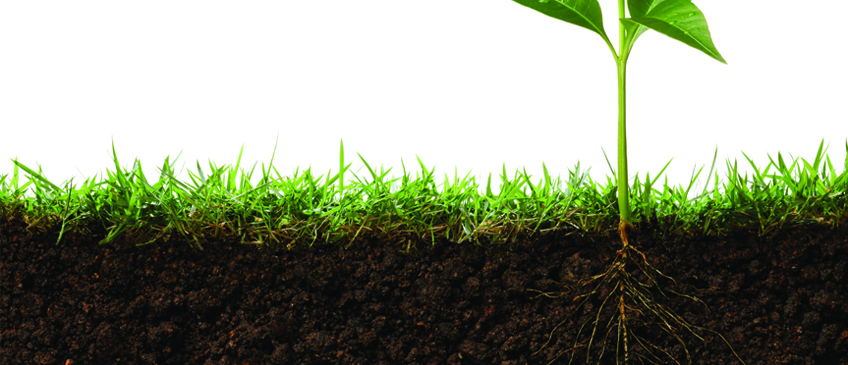Date: May 7, 2015
News - Biosoil Breakdown

Bioretention soils are mainly designed as a media to filter out pollutants, have an effective infiltration rate, and support plant health over time in various stormwater management systems. Also known as biosoils, these materials can consist of planting soil, mulch, sand, silt, clay, and/or organic matter. The ratio of each ingredient is dependent upon biosoil’s specification and the purpose.
A typical bioretential or fill-soil mix will consist of the following:
- 85-88% Sand - Sand’s role in the composition is to provide adequate drainage for the system. Washed, medium sand is the best material for the job.
- 8 to 12% fines (clay and/or silt) - Fines such as clay or silt are used to remove nitrogen, phosphorus, metal, and other pollutants. For example, a soil mix consisting of 12% fines will obtain 1 inch per hour infiltration rate for nitrogen removal with a minimum fill depth of 30 inches. An 8% fines mix will obtain a 2 inch per hour infiltration rate for phosphorus removal with a minimum fill depth of 24 inches.
- 3 to 5% organic matter - Organic matter in the mix helps develop the nitrogen removal process via plant growth with decomposition of other organic matter from the system such as grass clippings contributing to the soil over time.
Common biosoil specifications used in our area are the SHA 920.01.05 and MDE B.4.1. Both are in stock and ready for pick-up or delivery. Additional custom blends can easily be acquired. Simply call 888-864-8101 or email info@chaneyenterprises.com for more details.